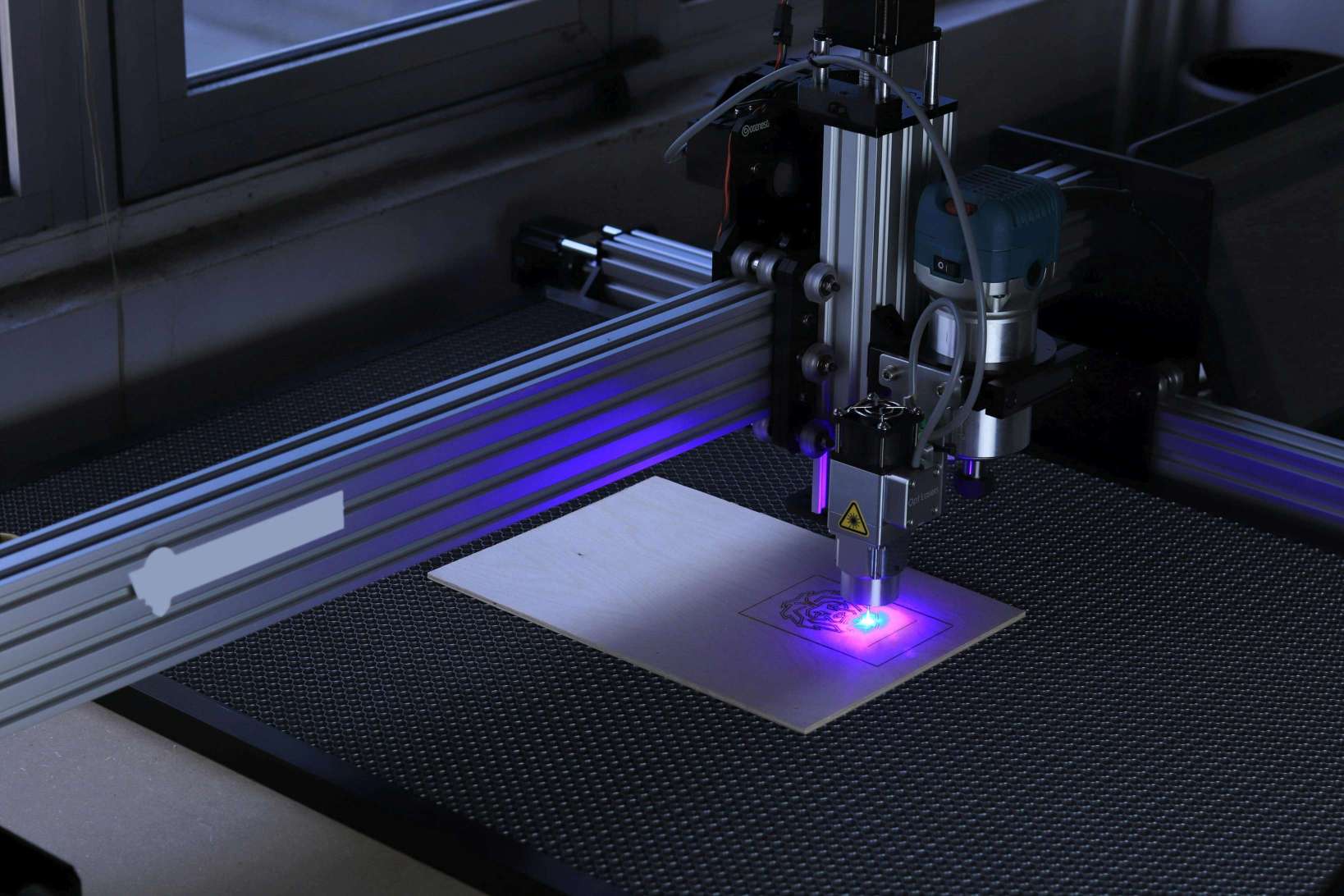
Digital Fabrication: Crafting the Future One Layer at a Time
5 min read
15 Aug 2025
Digital fabrication, leveraging technologies like 3D printing and CNC machining, is reshaping manufacturing by enabling precise, customizable production processes. This article explores the principles of digital fabrication, its applications across industries, and its potential to drive innovation and efficiency in manufacturing.
Principles of Digital Fabrication
Additive Manufacturing: Building objects layer by layer using materials such as plastics, metals, ceramics, and composites, guided by digital designs or CAD models.
Subtractive Manufacturing: Carving or cutting materials to shape using computer-controlled tools like CNC machines, removing excess material to create finished products.
Hybrid Approaches: Combining additive and subtractive processes to leverage the strengths of both techniques for complex geometries and precise finishes.
Digital Design and Simulation: Using advanced software for design optimization, virtual prototyping, and simulation to refine product concepts before physical production.
Applications Across Industries
Prototyping and Rapid Tooling: Streamlining product development cycles by producing prototypes and tooling quickly and cost-effectively.
Customization and Personalization: Offering tailored solutions in healthcare (e.g., prosthetics), consumer goods (e.g., personalized products), and automotive (e.g., customized parts).
Complex Geometry: Creating intricate designs and structures that are challenging or impossible to achieve with traditional manufacturing methods.
On-Demand Production: Enabling localized manufacturing and reducing reliance on centralized supply chains through digital fabrication technologies.
Impact on Manufacturing and Innovation
Agility and Flexibility: Enhancing agility in responding to market demands, changing customer preferences, and design iterations.
Sustainability: Minimizing material waste and energy consumption compared to conventional manufacturing techniques.
Cost Efficiency: Optimizing production costs through reduced tooling expenses, less material waste, and streamlined logistics.
Industry 4.0 Integration: Supporting the transition to smart factories and digital transformation initiatives with interconnected, data-driven manufacturing processes.
Challenges and Considerations
Material Selection: Addressing limitations in material properties, durability, and performance for specific applications and industry standards.
Quality Assurance: Ensuring consistency and reliability of fabricated parts through rigorous testing, inspection, and certification processes.
Workforce Skills: Developing digital literacy and technical skills among manufacturing professionals to effectively operate and maintain digital fabrication technologies.
Future Outlook
Digital fabrication is poised to redefine manufacturing paradigms with ongoing advancements in materials science, software capabilities, and automation. As industries embrace these technologies, digital fabrication will continue to drive innovation, efficiency, and sustainability in the global manufacturing landscape.

The AR Breakthrough That Will Make Blockchain Transactions Simpler Than Ever!
5 min read | 11 Oct 2025
How AI Is Making Blockchain Smarter and Safer – The Inside Scoop!
7 min read | 10 Oct 2025
The Big Tech Twist: How VR Is Set to Disrupt Blockchain Like Never Before!
6 min read | 09 Oct 2025
Unlocking the Power of AR: How Augmented Reality Is Set to Revolutionize Blockchain!
7 min read | 08 Oct 2025More Articles

Understanding the Legal and Regulatory Landscape of Blockchain Technology
7 min read | 09 Oct 2025

The Role of Blockchain in Digital Identity Verification and Management
7 min read | 08 Oct 2025

Blockchain in Gaming: How Decentralized Networks Are Changing the Industry
7 min read | 07 Oct 2025

The Potential of Blockchain in Real Estate: Simplifying Transactions and Ownership
5 min read | 06 Oct 2025
More Articles

How AR is Transforming the Education Sector: Interactive Learning Environments
5 min read | 04 Oct 2025

Exploring the Future of VR Gaming: What’s Next for Immersive Experiences?
6 min read | 03 Oct 2025

The Impact of Augmented Reality on Retail: Shopping in a Virtual World
6 min read | 02 Oct 2025

How AR and VR Are Revolutionizing Remote Work: Virtual Offices of the Future
6 min read | 01 Oct 2025
